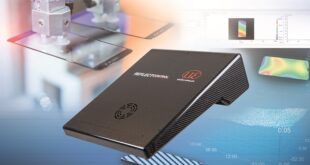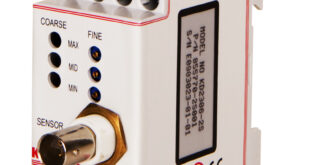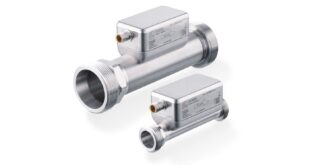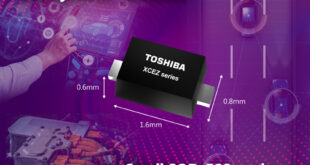Toshiba Electronics Europe GmbH has announced the availability of three new photorelays that are aimed at applications where they will replace mechanical 1-Form-A relays in industrial and factory automation installations.
Based upon the latest U-MOS IX semiconductor process with a trench structure, that reduces on-resistance, allowing the TLP3106A, TLP3107A and TLP3109A to have RON(max) values of 30mΩ, 40mΩ and 65mΩ respectively.
The new photorelays offer a range of options including an OFF-state output terminal voltage (VOFF) between 30 and 100V and a steady ON-state current (ION) between 3 and 4.5A. Pulsed ON-state current values are in the range 9 to 13.5A.
All three devices offer an isolation voltage (BVS min) of 1500Vrms and operate across a temperature range of -40ºC to +110ºC. They are housed in a small 6-pin SOP surface mount package.
1-Form-A mechanical relays are popular in a variety of DC and AC applications including factory automation (FA), I/O interface boards, heating ventilation and air conditioning (HVAC) equipment, security devices and measurement products.
The new photorelays can replace 1-Form-A relays in all of these applications, contributing significantly to reducing the space needed for the relays and relay drivers as well as enhancing system reliability.
 Engineer News Network The ultimate online news and information resource for today’s engineer
Engineer News Network The ultimate online news and information resource for today’s engineer





